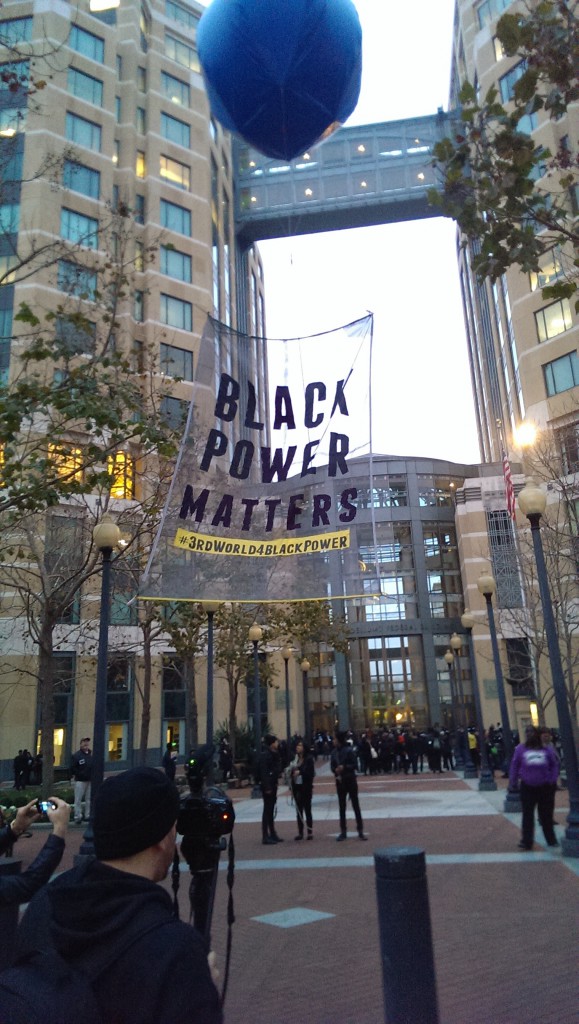If there’s shouting after you keep going. Don’t ever stop. Keep going. If you want a taste of freedom, keep going. – Harriet TubmanBlack History Month is as commercialized as a Hallmark Mahogany card, so what is left for us – abolitionist freedom fighters – to glean from a month where we are conditioned to pay attention to individuals, not communities, who advance causes?
Let’s do this Black History Month the abolitionist way: challenge beliefs about the way things are and how we fight for liberation.
We believe, as abolitionists, that policing does not make us safe. We know ending the violence of policing is not going to be achieved by adjusting the attitudes of people in uniform who carry guns. We also know that liberation is not going to be come when we reassert ourselves as individuals who matter. Liberation always comes through collective struggle that demands shifts in power and self-determination.
We are in a moment where the questions Critical Resistance has been raising for the last 15 years have come to a head. This is what we have been working tirelessly for. Now is our time to deconstruct the violence of policing by getting to the root of the problem and developing demands that are about restructuring our cities.
How do we organize to fight state violence? Let’s start with deconstructing the way things are, like the structure of our cities.
U.S. Socialist freedom fighter and writer Meizhu Lui has formulated a list of questions to ask as collective bodies that are developing strategies to win control over the places we live. Here are some questions Critical Resistance and our allies could ask ourselves:
- How was the Black community created in your city? Did Black people choose where they live and how? Are there other segregated non-white communities? How were they created?
- Why do segregated neighborhoods still exist? How are they perpetuated? What purpose does racialized poverty serve?
- How is poverty maintained – and enforced?
- What resources are needed and where in order to create racial equity (which is not necessarily the same as integration)?
- What kinds of organizing are needed to shift those local resources?
- What processes can we use in this effort that would be
steps toward “municipal socialism?”
CR member and monthly sustainer


